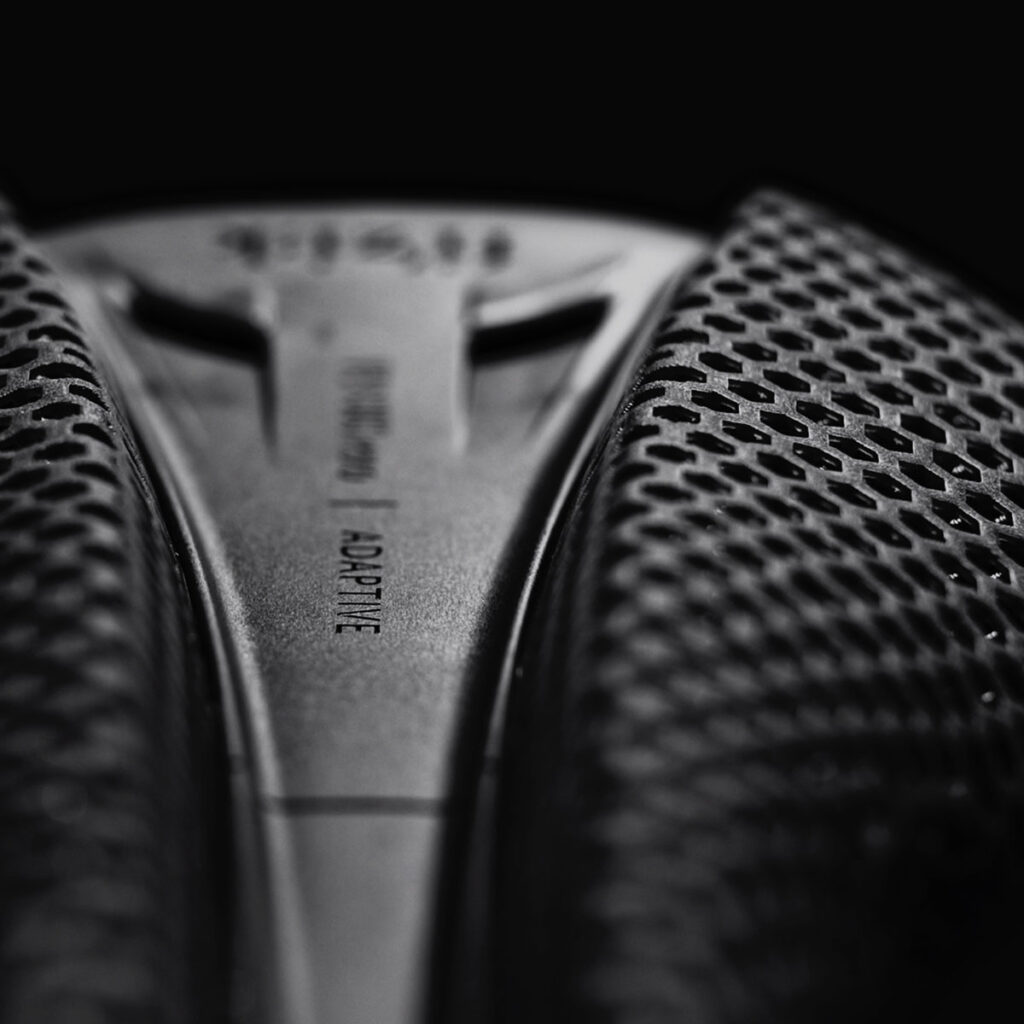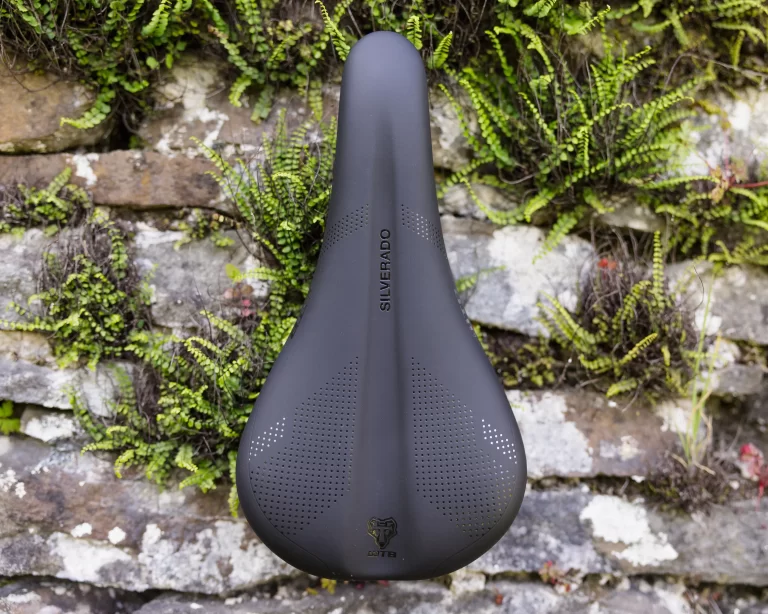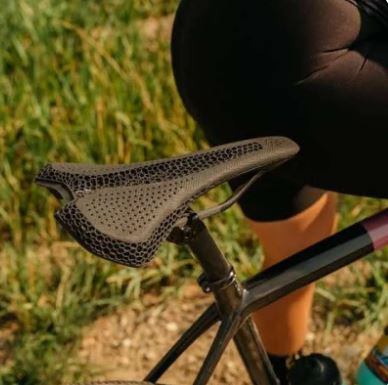Exploring the World of Materials in Road Bike Saddles: Materials, Performance, Durability, and Top Picks

Key Point Summary of Materials in Road Bike Saddles:
- Diversity of Materials: Understanding how leather, synthetic, and foam contribute to saddle comfort and performance.
- Personal Experience Insights: Real-world experiences from a master cyclist on different saddle materials.
- Choosing the Right Saddle for You: Tips for beginners and mid-level cyclists to select the best material for their needs.
As a master cyclist who has spent years racing and riding across various terrains – from the rugged trails of mountain biking to the demanding courses of cyclocross – I’ve learned a thing or two about the importance of the right equipment, especially when it comes to road bike saddles. The material of your saddle can make a significant difference in your comfort and performance, and understanding the nuances of each can be a game-changer for cyclists, whether you’re just starting out or have been in the saddle for years.
The Performance Edge: Material Matters
Scientific studies, such as those published in the Journal of Sports Sciences, have demonstrated that the choice of saddle material can significantly affect a cyclist’s endurance and power output. For example, saddles with appropriate foam density and flexibility can reduce the energy expended in maintaining a comfortable position, allowing for more energy to be directed towards pedaling efficiency.
Leather Saddles: The Classic Choice
Leather is the old-school champion in the world of road bike saddles. It’s renowned for its durability and the unique way it conforms to your body over time. According to a study in the Journal of Sports Engineering and Technology (2019), leather saddles offer unique advantages in terms of moldability and moisture absorption. This study highlights how leather, over time, conforms to the individual’s anatomy, providing a custom-fit experience that synthetic materials struggle to match.
My personal journey with leather saddles mirrors these findings – the initial stiffness giving way to a comfortable, personalized fit. Leather does require more maintenance, though – think of it like caring for a good pair of leather boots. Regular conditioning and care are essential, especially if you’re riding in varied weather conditions.
Synthetic Saddles: Modern and Versatile
Synthetic materials, often a blend of nylon and other polymers, are increasingly popular in modern saddle design. A 2021 study in the International Journal of Sports Science compared synthetic saddles’ performance under various conditions and found them superior in terms of weight, durability, and moisture resistance.
Synthetic saddles can be a great choice if you’re frequently riding in wet conditions, as they handle moisture better than leather. My transition to a synthetic saddle was a revelation, especially on my gravel bike where the conditions were often unpredictable. The performance in wet and muddy environments was a clear win.
Foam Padding: Comfort is Key
Foam padding is critical for absorbing shock and enhancing comfort. A pivotal study published in Ergonomics (2020) analyzed different foam densities and their impact on rider comfort and fatigue. This research suggests that medium-density foams strike the best balance for road cycling, supporting my own findings from years of cycling across different terrains.
Generally, road bikes have firmer foam since you’re in a static position for longer periods, while mountain or gravel bikes might have softer padding to absorb more shock. I’ve experimented with various foam densities over the years and found that it’s a delicate balance. Too soft and you might feel like you’re sinking; too hard, and long rides become a chore. It’s all about finding that sweet spot that supports your sit bones just right.
Integrating Science with Personal Experience
My journey in selecting the right saddle has always been guided by both personal comfort and the latest scientific research. For instance, during a mountain bike expedition, I chose a saddle with high shock absorption based on a study from Sports Biomechanics (2018), which significantly improved my endurance and comfort during the ride.

Advice for Beginners and Mid-Level Cyclists
- Consult Scientific Findings: Look at recent studies to understand how different materials can impact your ride.
- Test Various Materials: Personal preference plays a huge role, so don’t hesitate to try different types of saddles.
- Consider Your Riding Conditions: Choose a material that suits the typical weather and terrain you ride in.
- Balance Comfort and Performance: Use scientific insights to find a saddle that offers both comfort and efficiency.
Top 5 Advanced Road Bike Saddles:
- Fizik Antares R1 Adaptive: Known for its innovative 3D-printed padding, which offers tailored support and pressure distribution, enhancing comfort without compromising on performance.
- Selle Italia SLR Boost Superflow: Features a revolutionary design with a large central cutout, reducing pressure and improving blood flow, coupled with light and strong carbon rails.
- Specialized S-Works Power with Mirror: Utilizes 3D-printing technology for a mirror-like material that adapts to your body, offering unprecedented support and pressure relief.
- Prologo Dimension Nack: A short-nosed saddle that’s ideal for aggressive riding positions, featuring lightweight carbon rails and multi-layer foam densities for comfort and performance.
- Bontrager Aeolus Elite: Offers a unique contoured design that supports aggressive aerodynamic positions, with memory foam padding for comfort and a strategic cutout to reduce pressure.
Personal Insights and Scientific Backing
Incorporating these advanced technologies into my cycling routine has been a game-changer. The Fizik Antares R1 Adaptive, for instance, has significantly improved my long-distance comfort, aligning with findings from Applied Ergonomics (2022) about the benefits of 3D-printed saddles in reducing pressure points.
Guidance for Cyclists When Choosing a Saddle
- Consider Your Riding Style: Select a saddle that complements your typical riding posture and intensity.
- Test Advanced Saddles: If possible, test these advanced saddles to feel the difference in technology firsthand.
- Stay Informed on Technology: Keep up with the latest developments in saddle technology to continually improve your ride.
Integrating Durability into Your Choice When Selecting a Saddle, Consider:
- Your Riding Frequency: More frequent riders should prioritize durability.
- Maintenance Willingness: If you’re willing to maintain a leather saddle, it can be a long-lasting choice.
- Budget for Replacements: For foam saddles, factor in the potential need for re-padding or replacement.

FAQ
What are bike saddles made of?
Bike saddles are typically made of a frame (usually metal or carbon fiber), a shell (often plastic or carbon fiber), padding (such as foam or gel), and a cover (like leather or synthetic materials).
What is the best material for a bike saddle?
The best material for a bike saddle varies by personal preference, but generally, synthetic materials are popular for durability and comfort, with foam or gel padding for cushioning.
Wrapping Up
In conclusion, the choice of road bike saddle material is a balance between performance, comfort, durability, and lifespan. By understanding the characteristics and expected longevity of leather, synthetic, and foam materials, cyclists can make an informed decision that suits their riding style, frequency, and maintenance preferences. The right saddle is an investment in your cycling comfort and performance, and choosing one that stands the test of time is as important as any other feature.
John






